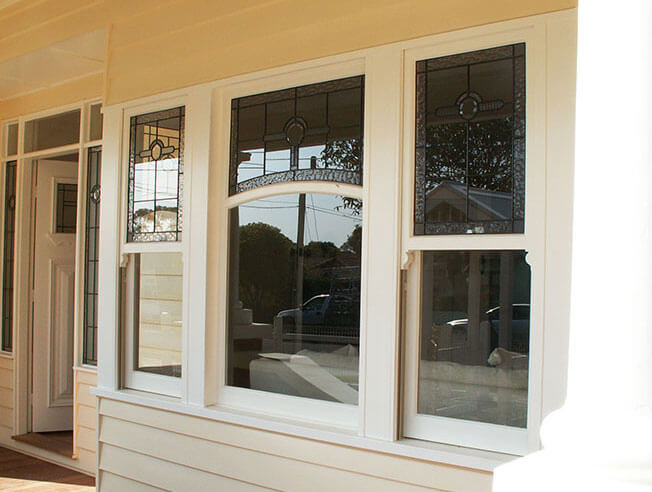All Categories
Featured
Table of Contents
Benefits Of Double Glazing Low-e in Ocean Reef Perth
Laminated glass is frequently utilized in locations in the house most susceptible to injury from human impact such as bathrooms, doors, around staircases and in locations close to the floor (it meets the requirements of 'safety glass' that is mandated for use in these areas by Australian Basic AS 1288 Glass in structures).
Toughened glass has been 'tempered' by being reheated and quickly cooled again. This procedure makes it much stronger than standard glass it can withstand higher effect loads prior to breaking. It also makes it safer because, when it does shatter, it gets into many little cubic pieces rather than hazardous fragments.
Guide To Double Glazing – Functional And Energy Efficient in Wattleup Perth
Toughened glass has no thermal or acoustic advantages over other glass of the same toning or thickness. Secondary glazing is where single-glazed windows are retrofitted with a transparent acrylic or glass sheet connected to the within of the frame or openable sash with a secondary frame or with magnetic strips.


Secondary glazing will not carry out too thermally as a made IGU, given that it is difficult to absolutely seal the boundary, however it can provide good sound control. Window films are a thin polymer film containing a soaking up color or reflective metal layer, with an adhesive backing. They stick to your glazing to alter its colour or make it reflective.
The Surprising Benefits Of Double Glazing In The Summer ... in Yokine Western Australia
Applied to existing glass, some window films can halve the general SHGC of the window by soaking up and/or showing solar radiation. This can be especially advantageous in hotter climates where cooling is the primary concern, or on east and west elevations directly exposed to extended periods of sunlight. Window films might likewise lower noticeable light transmittance.

For this factor, it is usually best to use a recognized installer of window film. Frames have a considerable influence on the thermal performance of doors and windows, because energy can be gained and lost through the frame, in addition to through the glass. Various kinds of frame will permit various levels of heat gain and loss, so cautious option of frame is essential for reliable passive design.
Double Glazed Windows – Their Amazing Benefits For ... in Glen Forrest Perth
Aluminium is likewise a really great conductor of heat and will decrease the insulating worth of a glazing system, unless particularly crafted to decrease this. A 'thermally broken' frame is comprised of 2 aluminium areas linked by a structural insulator (typically a low-conductivity structural polymer). This 'breaks' the thermal connection through the aluminium and minimizes the heat streaming through the frame.
They can be pricey, however rates are decreasing as they become more typical. Lumber frames are a good natural insulator that can match some home designs. Timber frames ought to be made from types that have naturally high toughness or be dealt with to avoid decay and deformation. Inspect that the lumber is sourced from a sustainably managed forest.
Why Double Glazing Keeps Your Home Cooler In Summer? in Sorrento Western Australia
(weather removing) is set up.
u, PVC windows and doors have excellent thermal efficiency Image: Ben Wrigley (Light Home Architecture and Science) Composite frames use aluminium profiles on the external sections with either a timber or u, PVC inner area. These integrate the low upkeep and sturdiness of aluminium with much enhanced thermal efficiency.
Table of Contents
Latest Posts
Single, Double Or Secondary Glazing, Which Is The Best ... in Leda WA
Double Glazed Windows Brisbane in Lockridge Western Australia
Double Glazing Vs. Triple Glazing: Which Is Worth It? in Palmyra Perth
More
Latest Posts
Single, Double Or Secondary Glazing, Which Is The Best ... in Leda WA
Double Glazed Windows Brisbane in Lockridge Western Australia
Double Glazing Vs. Triple Glazing: Which Is Worth It? in Palmyra Perth